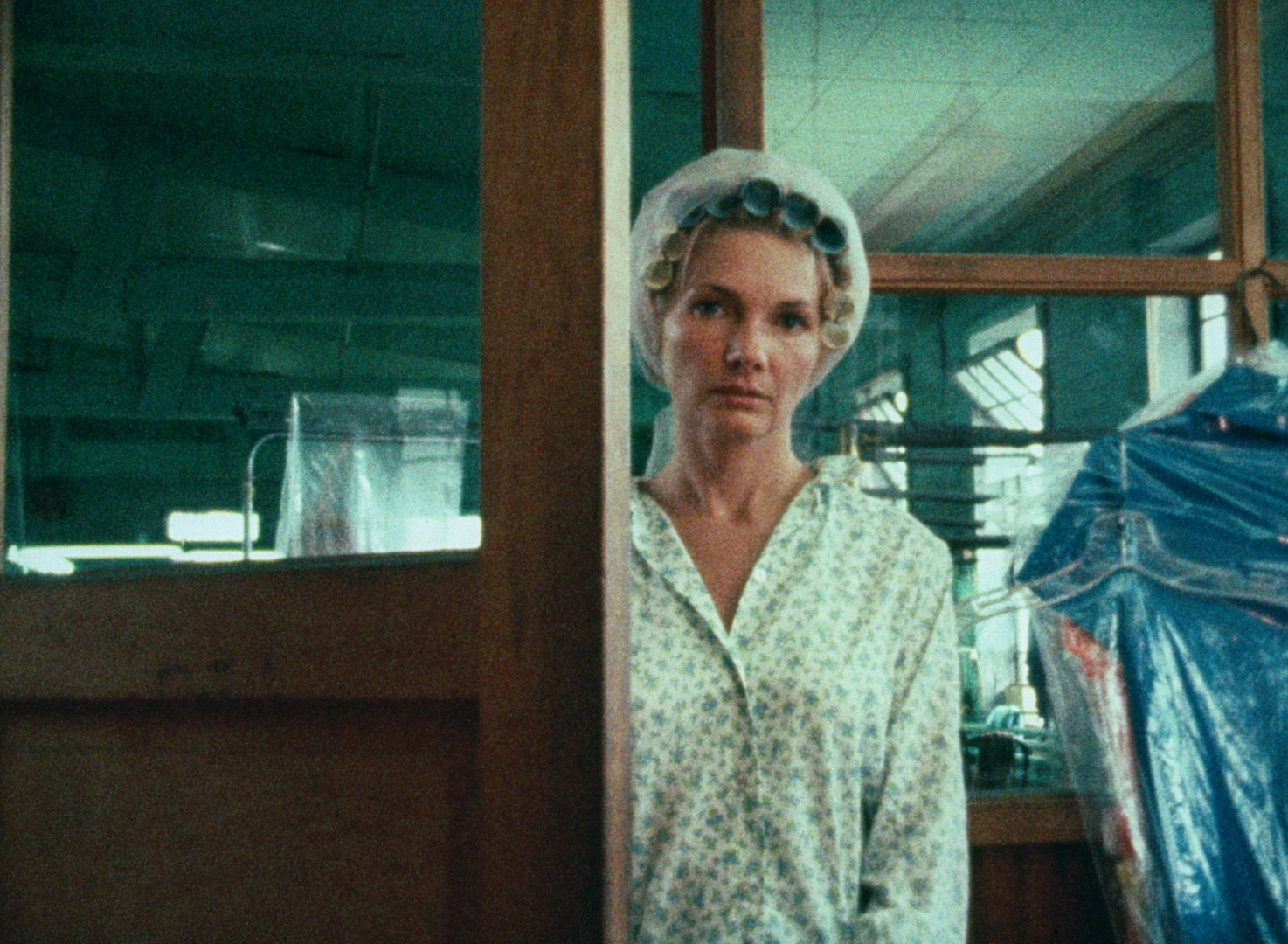And the potential of autobiography that’s about someone other than oneself
At the start of 2023 I watched Barbara Loden’s movie Wanda (1970). Then, the other day, as the year ended, I read Nathalie Léger’s short and wonderful 2012 book on Wanda and Loden: Suite for Barbara Loden. Both the film and the book seemed to produce something inside me, some kind of trouble. Wanda is the story of a woman called Wanda Goronski, played by Loden: a woman who says no. It’s told in a kind of series of episodes. She leaves her marriage, she drifts around, until eventually she ends up accessory to a terrible bank heist, which she escapes from because she drives the wrong way and arrives at the bank too late. Afterwards she hitches a ride out of town, and the driver rapes her in his car. Finally, Wanda manages to get away and runs into the woods, eventually emerging at some kind of roadhouse, inside of which, in a final shot of radical ambiguity, we see Wanda for the last time: in a group, but alone and precarious.
What’s strange is the way in which the film is as much a mood a sit is a sequence of events; and how much, through the haunting strength of Loden’s performance as Wanda, it insists on being read as autobiographical, even though it’s a story about a person (based on a true story) who is not the maker of the movie. As Nathalie Léger puts it: ‘a miniature model of modernity, reduced to its simplest, most complex form: a woman telling her own story through that of another woman’. You know you are watching this blankly compel- ling story of Wanda, but, at the same time, it feels like what you’re really watching is the pure thing that is Barbara Loden, because of her performance and because of the flattened visuals she uses to convey it. (Isabelle Huppert beautifully observed that an early shot of Wanda/Loden waking up in hair curlers is more exposing and intimate than if she’d shot herself naked.) It isn’t so much the story of a woman moving through the Pennsylvania landscape as a story of Loden being filmed.
That confusion of ‘I’ and ‘She’ seems to be a very contemporary problem. More than that, it seems a way of investigating another confusion: that between writing and cinema. In cinema, it comes out as this oscillation in every movie between what’s actually happening in the moment of filming and what’s happening in the fictional world of the film. There’s a certain avant-garde move that likes to collapse this oscillation as much as possible: in the way, for example, that Wanda Goronski and Barbara Loden seem about to collapse into each other. According to this logic, there’s not really a difference between documentary and fiction in film, because the material of each is filmed reality. This tends to dissolve any distinction between actors or nonactors moving and talking in a certain space. And so it’s logical for Pedro Costa to say that ‘a film is always a documentary of its own filming, of its own making’. Which, in turn, is similar to Marguerite Duras once observing that ‘the making of the film is already the film’.
The closer the I and the She become, however, the closer the narrator and the character; then you get into what, in the world of literature, it’s become common to call ‘autofiction’. I think I was thinking about this in particular because I had also recently read Lauren Elkin’s book Art Monsters: Unruly Bodies in Feminist Art (2023), in which she makes an argument that art using the I and its experience operates in a politically subversive mode, against the hegemony of a universal, or of a voice that assumes its universal status. Instead, everything should be spiky and irreducible, disobedient to any larger meaning – and in particular, she argues, this insistence on the I is a mark of feminist art. It’s a kind of art that is deliberately excessive, oversharing, overintense, something that refuses to follow some law commanding separation of character and creator – the way Carolee Schneemann observed how ‘our best developments grow from works which initially strike us as “too much”’. Maybe, in other words, this overlap of the I and a character it describes is most multiple and complicated when the subject is the way in which a woman is forced into performance by a structure of gender and gender violence. Léger quotes something Delphine Seyrig once said about her work in Duras’s movie India Song (1975): ‘The common denominator that I share with all women is that I’m an actress. I think that every woman has to be an actress. Actresses do what all women are expected to do. We just throw ourselves into it more.’ If all women are actresses, then every film about a woman is a documentary. And every film by a woman about a woman is autofiction.
I guess what still haunts me is how far that distance can go: the distance between character and narrator, or actor and director. And what that might mean for writing. The overlap of Wanda and Loden in Wanda makes me wish for that kind of artmaking to be multiplied: a way of writing where identities can be swapped in blank profusion. And also, perhaps, a way of reading literature with that model in mind: so that even the most sternly objective history or sternly fantastical story from literary history might collapse in on itself, and provoke the same hesitations and excesses as the kind that right now gets given this strange word: autofiction.
